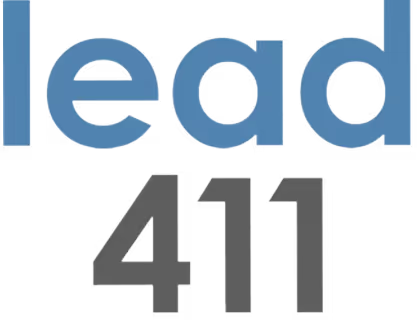What is AI data provider?
An AI data provider supplies high-quality, AI-enhanced data to improve decision making and automation in various industries.
What can AI data provider do?
It delivers accurate data sets, predictive insights, and real-time updates to boost marketing, sales, and analytics outcomes.
How does AI data provider work?
It collects, cleans, and analyzes massive data using AI algorithms, then provides enriched data via APIs or dashboards.
Is AI data provider easy to set up?
Most AI data providers offer simple API integration and user-friendly dashboards for quick setup within hours.
Is AI data provider free?
Free options exist but most providers charge based on data volume or subscription tiers for full features.
What is the common AI data provider pricing?
Pricing typically starts from $50 to $500 per month depending on data size, features, and support level.
What are the types of AI data provider?
Common types include customer data, market data, behavioral data, and real-time streaming data providers.
Does AI data provider work with email?
Yes, many AI data providers integrate directly with email platforms to enrich contacts and personalize campaigns.
What are the best AI data provider tools?
Top tools include Clearbit, ZoomInfo, DataRobot, and Snowflake for comprehensive, reliable AI-enhanced data.
What are common AI data provider integrations?
Typical integrations include CRM systems, marketing platforms, analytics tools, and data visualization software.
















































